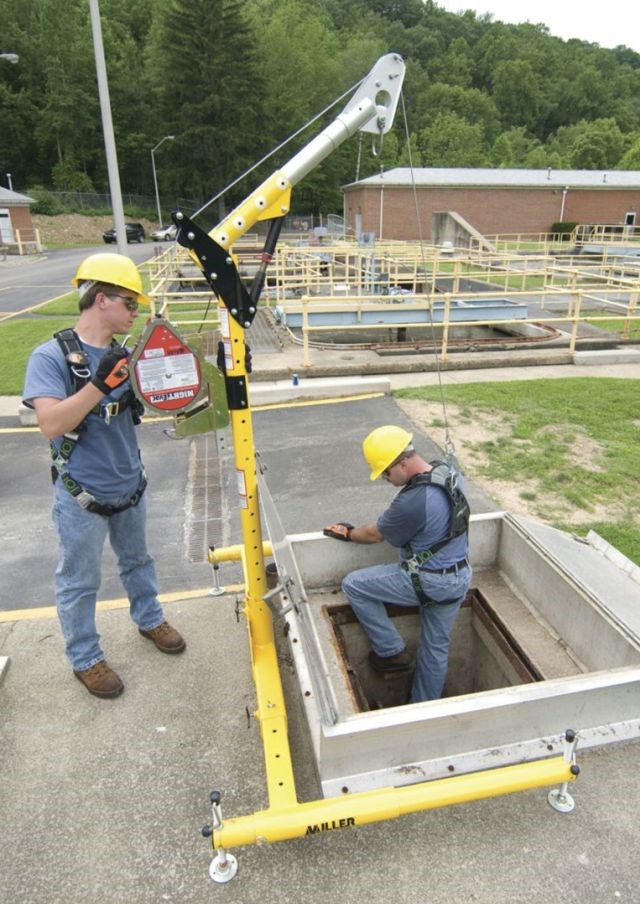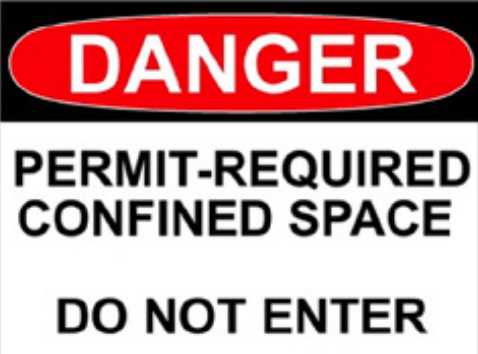UW Confined Space Program
The University’s Confined Space Program includes:
- A written Confined Space Program Manual
- Roles and responsibilities
- Confined Space Evaluations
- Confined space signage requirements
- A UW Permit-Required Confined Space (PRCS) Entry Form
- PRCS entry by Alternative Methods
- Hazard identification and mitigation
- Ventilation and air monitoring
- Rescue and emergency procedures
- Training personnel
- Contractor requirements
If a department or contractor needs to enter a confined space, they must contact the Confined Space Owner for more information about the space.


